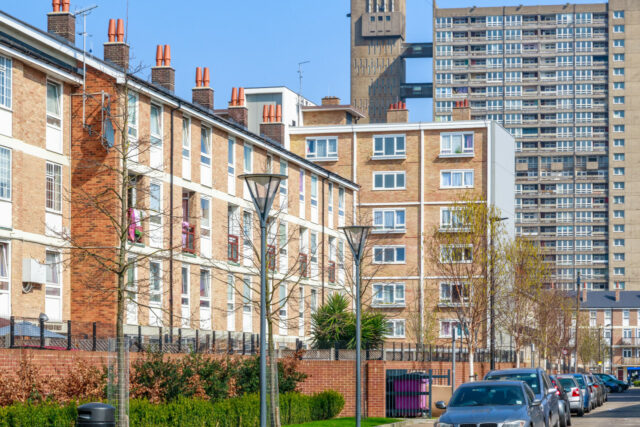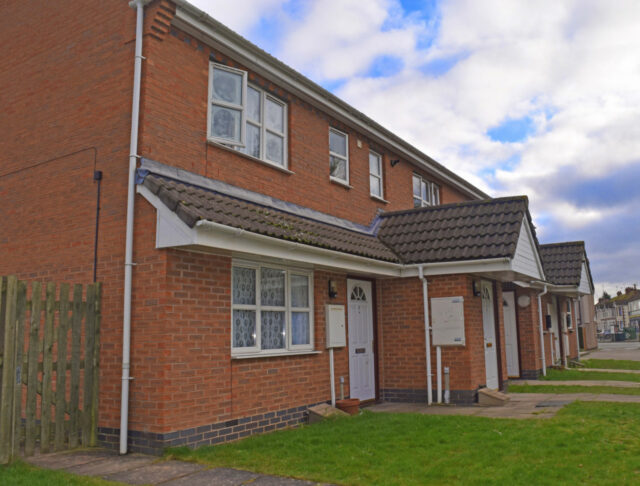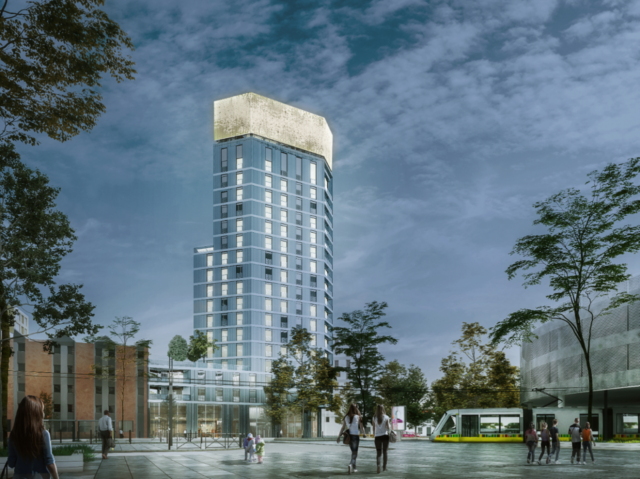Impact investing in our cities can play a key role in tackling the two greatest challenges of our time: climate change and social inequality.

That’s because the buildings we live and work in are the biggest emitters of greenhouse gases on the planet.
That’s the conclusion of a virtual roundtable hosted by urban real estate investment manager Redevco last week.
“We are in a climate emergency,” Leslie Johnston, chief executive officer of the Laudes Foundation, told the panel during the second of a series of roundtables around the theme ‘The future of cities in a post-pandemic world.’
“But tension between environmental and social imperatives,” makes it hard for countries to stick to net zero emissions, added Johnston. “This is very much a tension we see being played out in the built environment.”
With the European Union aiming for a net zero emissions economy by 2050, and global warming showing no signs of abating, governments and companies are under increasing pressure to take more action on climate change.
“Our cities have become concrete and steel jungles”
Meanwhile, social inequality is on the rise after the Covid pandemic plunged millions of people into unemployment. Key workers and young people are increasingly being priced out of the housing market in a growing number of European cities.
Laudes, one of the foundations of the Brenninkmeijer family enterprise, launched in early 2020 and supports the accelerated transition to a climate-positive and inclusive economy.
The foundation decided to focus on the built environment because of the sector’s impact on greenhouse gas emissions.
It contributes up to 40% of global emissions and uses 50% of all global materials. In the EU, €250 billion annually is required to upgrade Europe’s existing buildings to meet climate targets, according to the EU Commission’s Renovation Wave Strategy.
“Our cities have become concrete and steel jungles, and we need to act,” said Johnston.
Challenge to achieve net zero economy
With over 280 assets under management in Europe, including high street retail, retail parks and shopping centres, Netherlands-based Redevco will have an important role to play in tackling both climate change and social inequality in our cities.
In 2019, Redevco committed to making its entire portfolio net zero carbon by 2040.
“The challenge to achieve a net zero economy is huge, and we should do whatever we can,” Clemens Brenninkmeijer, Redevco’s head of sustainable business operations, told the panel. “There is also a business case for that.”
“Raising the bar”
Redevco recently completed a redevelopment of its store in the Dutch town of Eindhoven, which included taking the building off natural gas for heating.
It is also installing solar panels on the roofs of its retail park assets in Belgium. This gives tenants the option to buy green energy.
The redevelopments are aimed at “raising the bar, going for the highest ambition level possible and showing that it is possible,” Brenninkmeijer said.
Energy-positive towers
Catella Residential Investment Management, a pioneer in European real estate impact investing with €5 billion in assets in ten European countries, has raised the bar when it comes to both tackling climate change and addressing social issues.
Catella recently started working with French engineering and consulting group Elithis on delivering an ambitious €2 billion project to construct 100 energy-positive residential towers across Europe.
This month, Catella announced it had bought its second Elithis Tower in the French city of Dijon, two months after acquiring its first in Saint-Etienne. All Elithis Towers are energy-positive, meaning they produce more energy than they consume.
“In France median household income is €31,000 per year, with the average energy bill coming in at €1,600 per year, so you are bringing back €1,600 a year of spending power” to tenants, Xavier Jongen, managing director Catella Residential Investment Management, told the panel.
“If you would do that in the whole country, that equals the French budget for education, which is huge.”
Held back by regulation
Although the Elithis towers are scalable and don’t cost more to build than conventional buildings and institutional investors are keen to invest, a swift roll-out of 100 energy-positive towers in Europe is being held back by regulation, according to Jongen.
“The main problem is speed,” said Jongen. “The solution is out there, but what we need is getting the plots, and then having the building permits swiftly run through the administrative process.”
Because regulation is part of a democratic process, “it is more backward-looking, and this is innovation and by essence more forward-looking; we need to bridge that,” Jongen concluded.
Returns
Can you be both socially inclusive and green and still achieve good returns in the retail real estate sector? “The last year-and-a-half with Covid has impacted the retail real estate world significantly,” admitted Brenninkmeijer.
“But we for one believe that physical retail is not dead. On the contrary, it has an absolutely crucial part to play in maintaining dynamic and vibrant city centres,” said Brenninkmeijer.
“Yes, the total stock of retail real estate might need to be reduced in a lot of cities, but that also offers a huge opportunity for transformation,” he said.
“If we see that the retail tenants are changing their requirements, we have to play into that and make sure that we are delivering real estate that meets those requirements,” Brenninkmeijer said.
For example, assets with excess floor space could be “transformed into something else that also meets a need of the citizens, the residents, the workers of those cities, to keep those places attractive,” said Brenninkmeijer.
“I think that is where the longer-term view on returns allows us to also still have very attractive returns. As long as you make sure that your assets are resilient, they are future-proof and they are flexible to meet those needs.”








